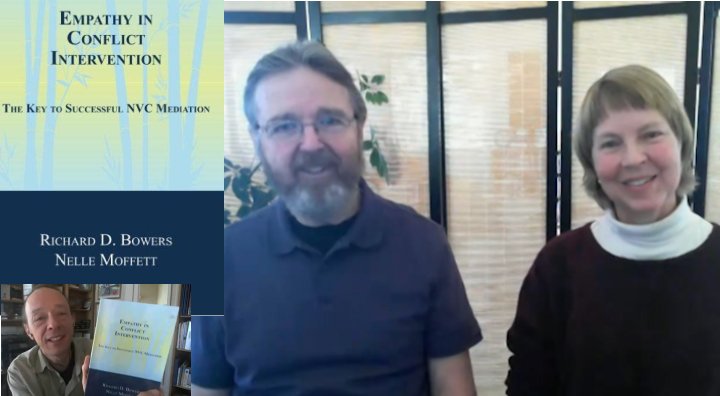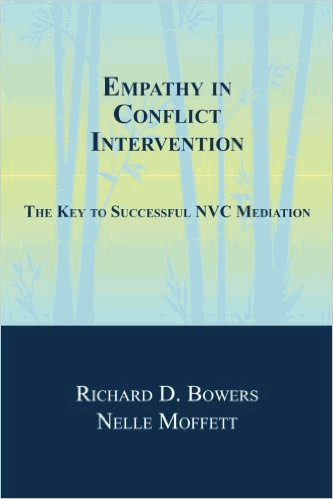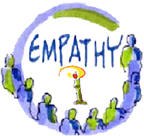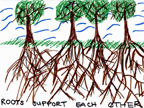|
|
Culture of Empathy
Builder:
Richard (Rick) Bowers and Nelle Moffett
|
|
|
|
|
Empathy in
Conflict Intervention
Richard Bowers and Nelle Moffett interviewed by Edwin Rutsch |
|
 |
Richard Bowers introduces himself by saying, In addition to my private practice, I am a guest lecturer at Antioch
University Midwest's Integral Studies in Conflict & Leadership program, I
serve as a Ventura County Small Claims Court mediation supervisor through
the Ventura Center for Dispute Settlement, and I mediate cases through the
Los Angeles and Ventura County Superior Courts. My private practice,
working with Nelle Moffett, involves workshops, practice groups, and
working with individuals and couples focusing on communication and
conflict coaching.
Nelle and I co-authored Empathy in Conflict Intervention: The Key to
Successful NVC Mediation. This book brings together theories from
psychology, conflict resolution, and sociology to explore the
effectiveness of empathy in mediation.From the book:
"What empathy provides for the mediator is a way to
create an unbiased connection with each client without reverting to a cold
aloofness that is sometimes taught in mediation training."

The
Intervention of the Sabine Women - Jacques-Louis David (wikipedia)
"The impact of mediator empathy towards both parties may provide the
support needed for successful mediation even when there is no ongoing
relationship between the parties. A better understanding of the
power of empathy could lead to increased usage of empathy in mediation.
This increased usage of empathy could increase perspective-taking by the
parties within mediations, leading to increased connection, collaboration,
or satisfaction with the mediation process for both mediators and
disputants. "
Sub
Conference: Justice |
|
 |
|
The
focus of this book is on mediation, a third party intervention role that
can be undertaken by supervisors, managers, human resource professionals,
marriage and family therapists, teachers, mediators, peace keepers, and
parents.
The
authors make a strong case for the central role of empathy in promoting a
successful mediation, especially when ongoing relationships between the
parties are at stake. This book provides a thoughtful study of the
important role of empathy in mediation through the development of a
theoretical model to explain the effectiveness of Nonviolent
Communication™ (NVC) mediation.
The theory building process used in this book, as well as the list of
conditions for a successful mediation, can be broadly applied to other
third party intervention methods. |
Part 1: Setting the Stage Chapter 1: Introduction
- Research Area of Interest
- The Value of Researching Empathy
- Purpose Statement
- Organizational Tool
- Significance of the Study for Particular Audiences
- Definitions
Chapter 2: Overview of the NVC Process Chapter 3:
Preliminary Scan of Existing Research
Chapter 4: Methodology Chapter 5: Conditions for
Successful Mediation Part 2: The Meta Model
Chapter 6: Metamodel Chapter 7:
Constructive-Developmentalism Chapter 8: Human Needs Theory
Chapter 9: Empathy
- Description of Empathy
- Discussion of Empathy
- Rogers
- see's empathy as healing agent (therapeutic)
- empathy helps the speaker see themselves better.
- (creates space around any experience)
- Kohut
- see's empathy as a way of knowing the inner world of
another.
- reluctantly sees empathy as healing agent
Chapter 10: Altruism Chapter 11: Metamodel and
Proposed Conditions Part 3: Conclusions Chapter
12: Wrapping it Up |








